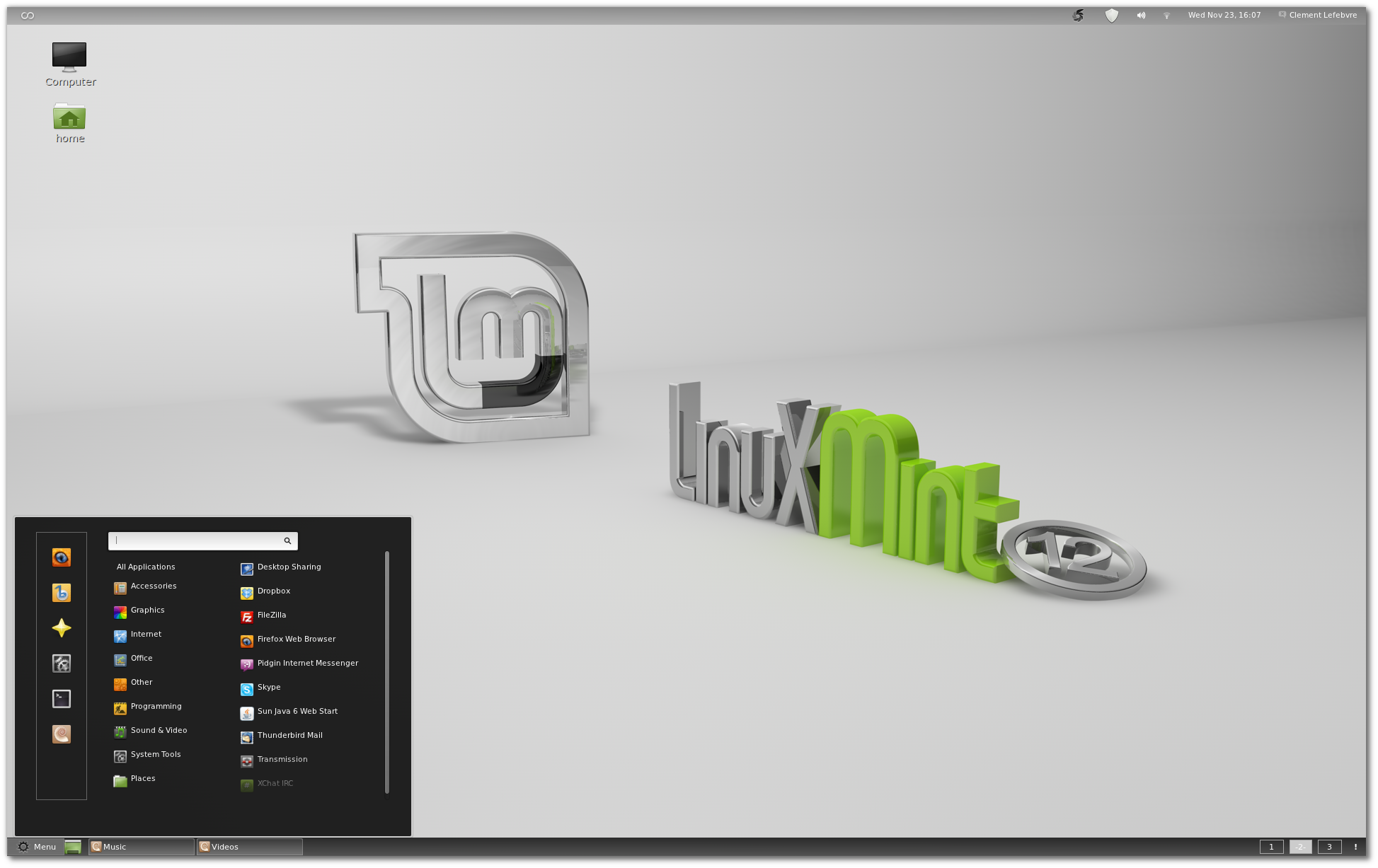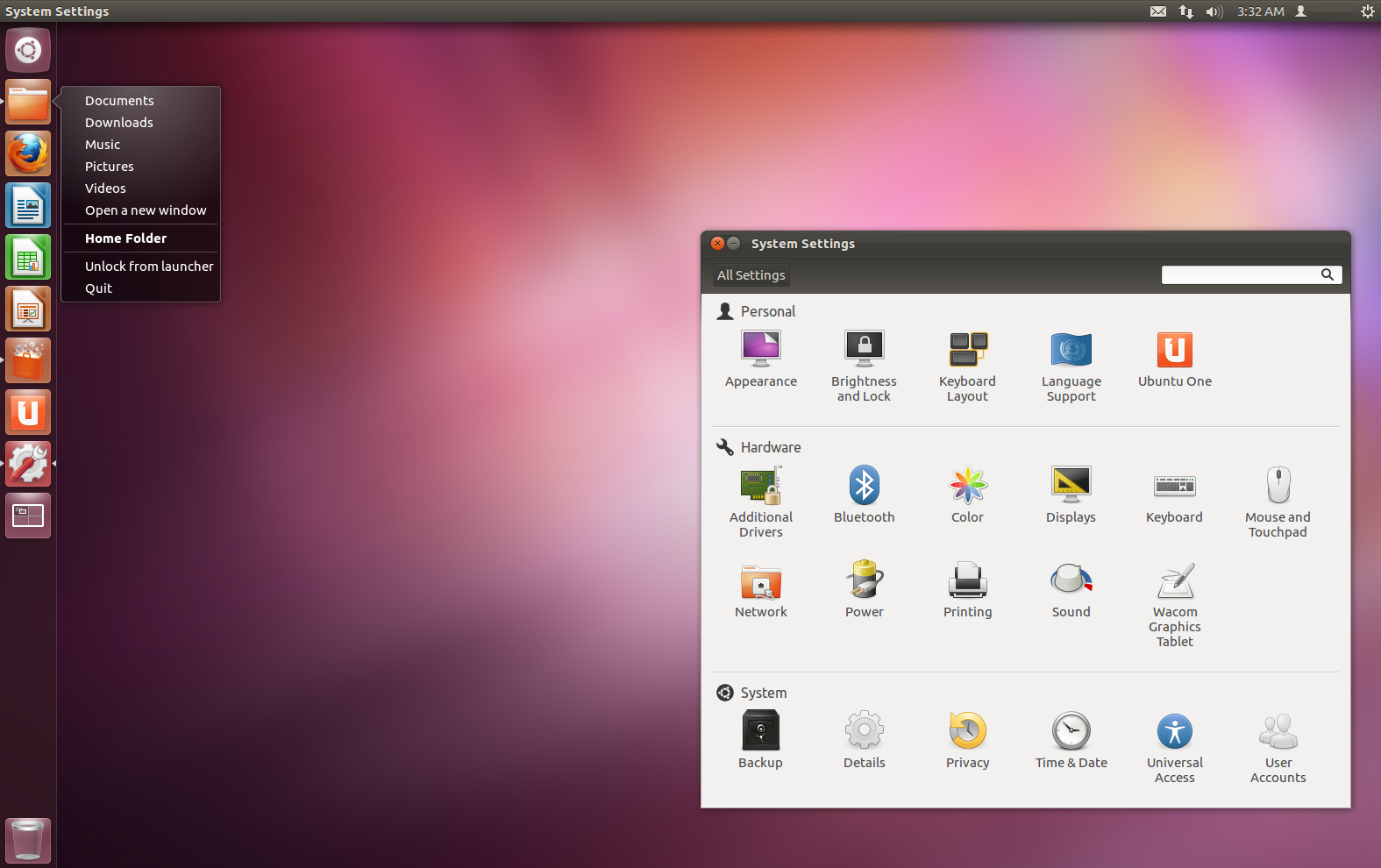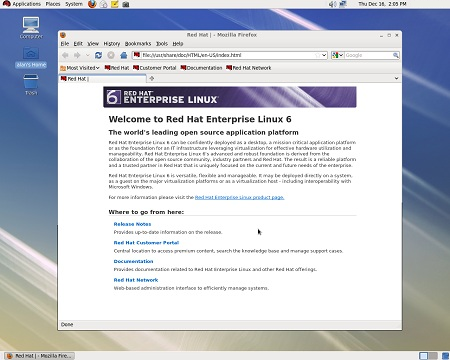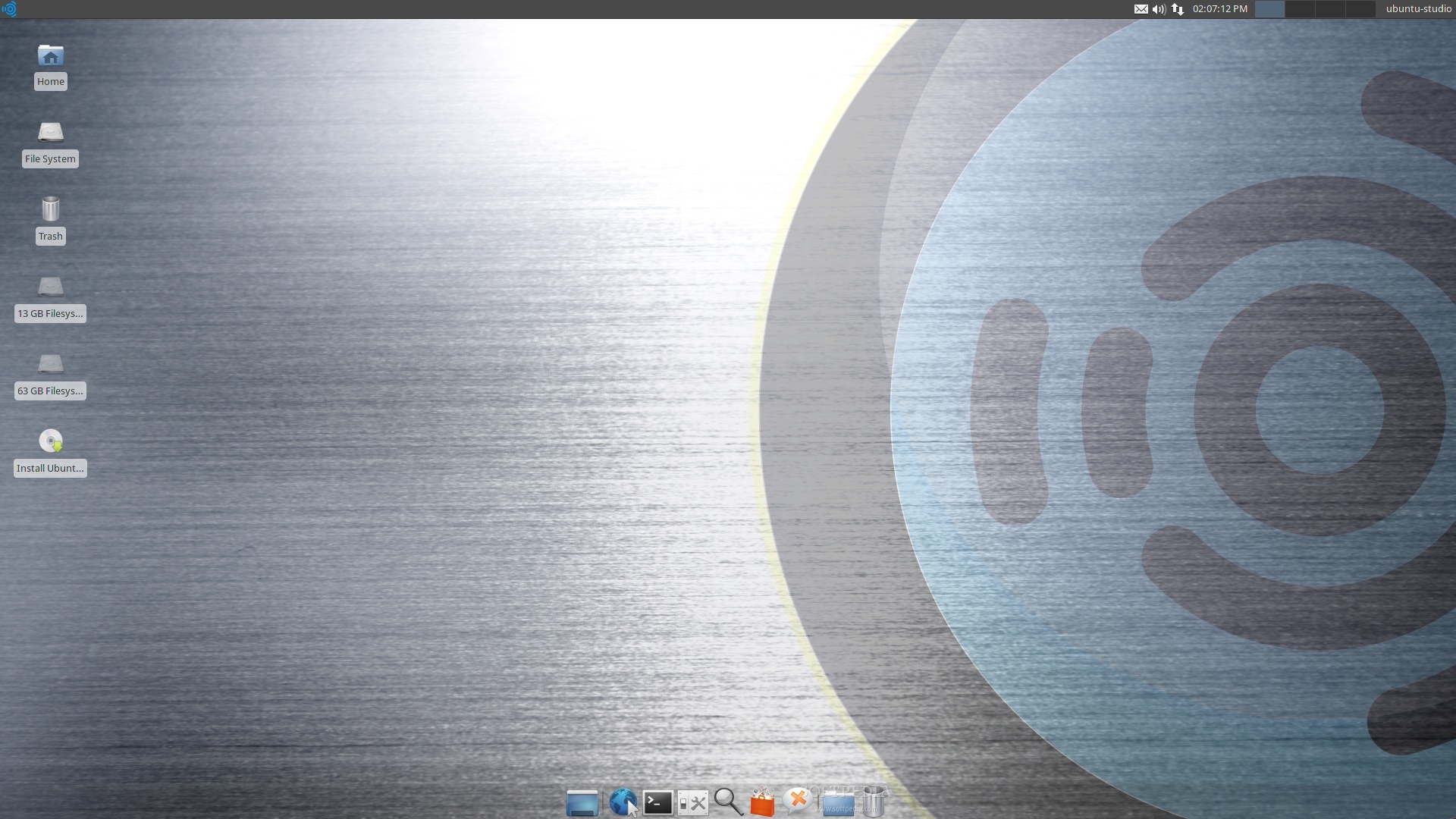This is a question Linux.com has tackled before. The key, of course, is understanding that the question itself is wrong: no matter what anyone tells you, there is no One True Distro. The reality is more complex: it's what you need that comes first, and what distro meets those needs is the best one for you.
To help users discover the Linux distribution that's best for them, I will definitively list the best distros for the various types of Linux users to try, based on my own experiences and reviews. The use-case categories will be:
- Best Desktop Distribution
- Best Laptop Distribution
- Best Enterprise Desktop
- Best Enterprise Server
- Best LiveCD
- Best Security-Enhanced Distribution
- Best Multimedia Distribution
Best Linux Desktop Distribution
Let's get started right off the bat with the most contended category: the best distribution to use for general desktop use. Over the years, this title has gone to Ubuntu, then Fedora. This year, the pick is back in the Ubuntu genus, though it's not something directly from Canonical.For 2012, the pick for best Linux desktop falls on Linux Mint, specifically, Linux Mint 12 "Lisa."
Linux Mint is a downstream derivation of Ubuntu, which means, it you're not familiar with the lingo of free and open source software, that the code for Linux Mint is based on that found in Ubuntu. Linux Mint developers then add their own take to the distribution.
The result is a smoothly polished distribution that features a lot of power under the hood. Slightly less encumbered with Canonical's corporate mission, Linux Mint has unabashedly and firmly planted its metaphorical feet firmly on the Linux desktop, delivering a very complete set of applications and device drivers in an interface that unequivocally says "desktop."
Because of its close ties to Ubuntu – and Debian above that – Linux Mint users have access to a huge range of applications, themes, and widgets that make the Linux Mint desktop experience very compelling.
Best Linux Laptop Distribution
Laptop environments are not like desktop environments. Though some laptops still remain clunky affairs with big screens that have keyboards slapped on them, as Linux creator Linus Torvalds has publicly lamented, some laptops are gradually taking their cues from Apple Macbook Air line and are starting to conform to a sleeker aesthetic.It is this environment that is well suited for the Linux distro with an interface that matches it: Ubuntu 12.04 LTS.
The latest release of Ubuntu has kept up its superior laptop toolset, with excellent power management and drivers. And, though you might find it grating on a traditional desktop, there's no getting around the fact that Ubuntu's Unity interface is perfect for a mobile device that needs more streamlined usability.
As a laptop distribution, Ubuntu still reigns supreme.
Best Linux Enterprise Desktop
For the past two years, SUSE Linux Enterprise Desktop grabbed top honors for Best Linux Enterprise Desktop.However, this year, the nod will have to go to Red Hat Enterprise Linux Desktop 6.
Why the switch? In the past, I have maintained that SLED maintained a slight edge over RHELD because of the sweet capabilities of SUSE Studio and the strong openSUSE community. But in the ensuing time, SUSE Linux the company seems to be taking a much quieter approach on its market advantages, while Red Hat is pushing into a lot of new territory within the virtualization and cloud spaces.
It's premature to call the entire game to Red Hat, but it seems that the SUSE Enterprise Linux line is starting to fall behind in what it can offer to enterprise Linux customers, and in the enterprise it's all about what the Linux vendor can do for you.
This year, that's going to Red Hat.
Best Linux Enterprise Server
For the past two years, this category has always comes down to two main contenders: Red Hat Enterprise Linux (RHEL) and SUSE Linux Enterprise Server (SLES).This year, it wasn't event really close: it was RHEL 6 all the way.
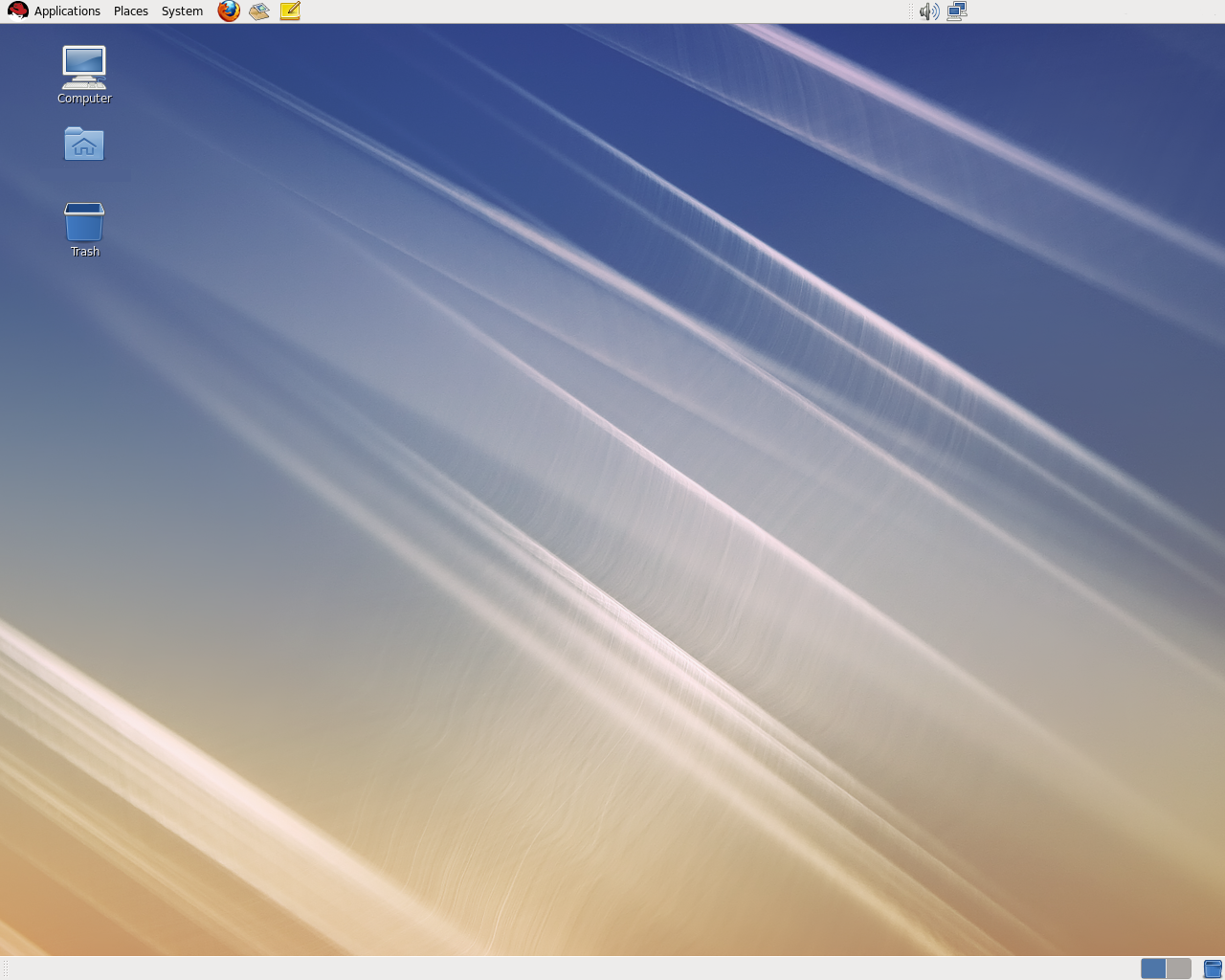
The list is extensive why: while SUSE Linux has concentrated on making improvements to the core SLES offering, Red hat has been doing that and pushing into all those new markets mentioned earlier.
In 2012, having a rich and stable presence in the cloud is hyper-critical. You might think this is so much hype, but the truth is that most enterprises are going to deploy in some sort of public, private, or hybrid cloud. If not now, then soon. Until something better comes along, it makes too much sense. RHEL 6 has this kind of cloud presence, plus all of the ISV and tech support that they've led with for years.
Best Linux LiveCD
These days, every Linux distro is really a LiveCD: you can stick the physical CD or DVD for distribution in your optical drive, boot the system, and run a full Linux distribution without actually installing it.
But there is a class of distros, however, that are LiveCD only. These distributions offer users utilities and tools for the specific purpose of repairing existing Linux and Windows installations. These distros are very useful to have regardless of what primary Linux distribution you like to use, because in a crisis they are invaluable to own.
So what's the best one? Once again, it's going to be the king of them all: KNOPPIX. This Debian-based LiveCD uses a lightweight LXDE interface to deliver a very robust experience. In some ways, it's almost too robust to be a fast LiveCD distro anymore, but it still delivers real power and speed for now.
Best Linux Security-Enhanced Distribution
This year's decision on the best security-enhanced distro was indeed a tricky one. In the past, BackTrack Linux usually one this one handily, but BackTrack Linux 5 R2 was recently found to have a undiscovered zero-day vulnerability that rocked a lot of security professional's expectations. [Update: The hole was actually in wicd, which was shipped in BackTrack.]The hole was closed, naturally, but the damage to BackTrack's rep was there, nonetheless.
It's time to shake off the hit: everything can get hit with something like this, and the fact remains that despite the vulnerability, BackTrack still offers the very best set of white-hat security tools to examine your system or network for problems. Period.
Best Linux Multimedia Distribution
I am old enough to remember the days when I literally would have to switch distros because of a lack of format support to play music or movies. It was a real problem, once upon a time.Now, though, those days are long gone, and multimedia consumers can use any Linux distro without fear. But with the availability of high-quality cameras and video recorders, Linux distributions need to contain powerful tools for audio and video editing, not just consumption.
For the third year in a row, the best distro in this class is still Ubuntu Studio. For audio, video, and graphic production, it contains a very complete set of tools, as well as format and codec support for a huge range of multimedia formats.
Wrapping Up
These are just some of the options that are out there for Linux users. Many detractors of Linux may proclaim that the diversity of Linux makes it too complicated to learn, but with a little research and perhaps one of these distributions as a starting point, you should find your own Linux experience a rewarding one.Source: http://www.linux.com/learn/tutorials/571815:the-2012-top-7-best-linux-distributions-for-you
